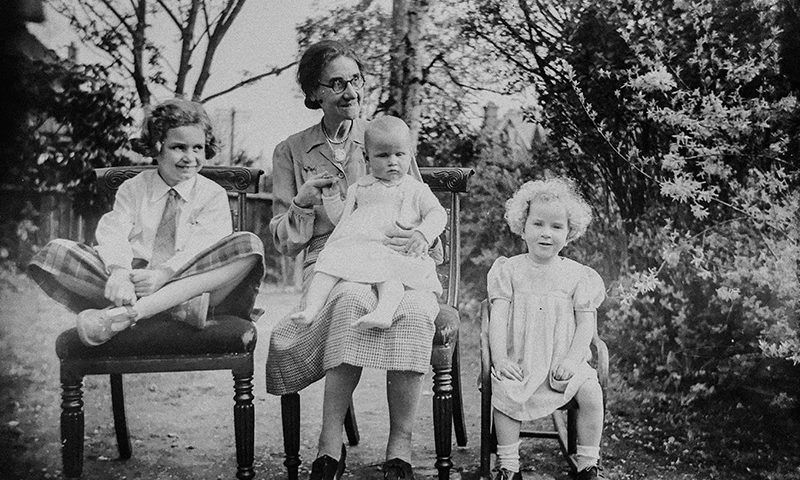Takeaways:
This is an article detailing seven books that “investigate what our society values and what it’s built on, driving us to the monumental, the sublime, the quintessentially human.” They are:
- Transformer: The Deep Chemistry of Life and Death by Nick Lane: This book is an exploration of the genesis of life on earth. Lane focuses on millions of years of evolution and the planet’s twists and turns—the Great Oxidation Event, the Cambrian explosion—while profiling visionary scientists. He beautifully lays out the sheer improbability of our biosphere, explains why life may be so rare in our universe, and considers death as a process, not simply as an instantaneous end.
- David Smith: The Art and Life of a Transformational Sculptorby Michael Brenson: This biography of the versatile 20th Century American sculptor David Smith provides a fascinating look at the mind and profile of a legendary artist, but also explores the tensions between abstraction and representation– while richly conveying the backdrop of 20th Century political and cultural change that took place during Smith’s career.
- Capital in the Twenty-First Century, by Thomas Piketty: Looking to the past to explain modern capitalism, this surprise bestseller investigates the forces that cause and intensify economic stratification. Calling on historical events and thinkers of the 20th Century, Piketty credits capitalism with improving efficiency– while creating economic divides that push the bounds of morality.
- The Hemingses of Monticello: An American Family, by Annette Gordon-Reed: This is a meticulously researched look at the relationship between founding father Thomas Jefferson and a family he enslaved, the Hemingses. Gordon-Reed, a law professor and historian, unspools this saga in her magisterial Pulitzer Prize–winning exploration of this relationship. This incredible, galling story shows that Jefferson’s life is inextricable from the Hemingses– just as America’s history is inextricable from slavery.
- Democracy’s Data: The Hidden Stories in the U.S. Census and How to Read Them, by Dan Bouk – This is a cultural history about how we collect and process info about our population, and how we might learn from it. Written by an accomplished data analyst, the book shows that the explosion of cities and suburbs poses challenges to our frail—and, in some cases, outdated—political institutions. As sweeping demographic change has escalated in recent decades—a surge in immigration and a sorting of the parties between cities and suburbs for Democrats and rural counties for Republicans—so too have disputed elections and the threat of gridlock. This searching, textured inquiry illuminates how much simple population figures can teach us.
- Apollo’s Angels: A History of Ballet, by Jennifer Homans: This 2010 history charts the arc of ballet from its origins in Renaissance Italian and French courts to the dawn of the 21st century. It takes the time to insightfully look at the way ballet as an art form has intersected with political ideas over the past 500 years. Overall, this book is not just a cultural history of the art of ballet, it becomes a prism through which to contemplate the human physique and human capability as a whole.
- The Song of the Cell: An Exploration of Medicine and the New Human, by Siddhartha Mukherjee: Mukherjee is a Pulitzer Prize-winning oncologist whose new book is an expansive study of the cell– the common denominator of all life– and its dizzying range of types and functions. Cells are anything but simple structures, he argues; rather, they’re sinuous ecosystems, and they come together at a dazzling scale in the body. Understanding the cell is the key to an age of personalized medicine, Mukherjee argues: Are we ready to embrace it?
From Hamilton Cain at The Atlantic:
Read the whole story.
Note: At the time of this posting The Atlantic offers five free article views per month.




